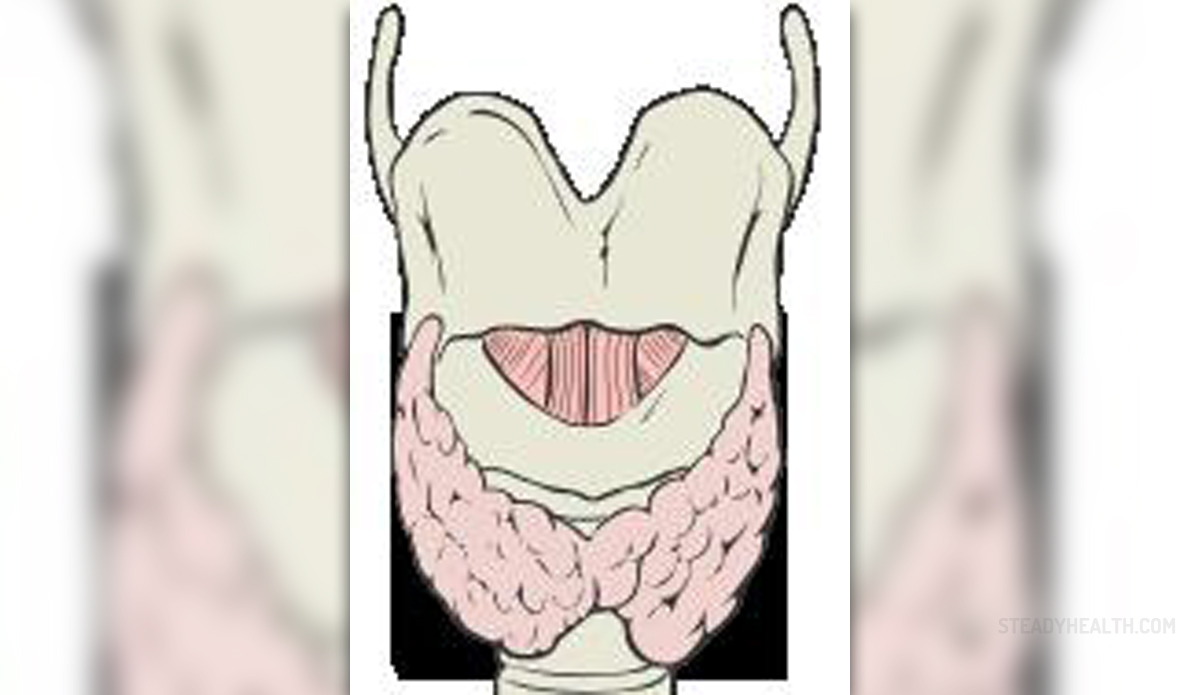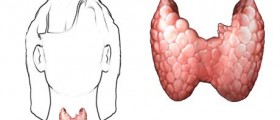Graves’ disease is a severe autoimmune condition characterized by an overactive thyroid gland, which produces too much thyroid hormone. Thyroid hormones are important for nearly every living cell in the body, and they regulate a wide array of metabolic processes including the basal metabolic rate, protein synthesis, bone growth, and the body’s sensitivity to other hormones and chemicals.
When a person suffers from Graves’ disease, their body release autoantibodies that activate thyroid-stimulating hormone receptors and force the thyroid gland to constantly work and secrete large amounts of the hormone. What happens is that a patient starts suffering from hyperthyroidism, which dramatically changes the chemistry in the body, leading to many very unpleasant symptoms.
Causes of Graves’ Disease
There is no known cause for Grave’s disease since the scientists still do not know what actually triggers the production of autoantibodies. This disease typically occurs in the later stages of life and usually appears suddenly. Therefore, scientists believe that some kind of viral or bacterial infection may be responsible for antibody production.
Many scientists today believe that a particular bacterium known as Yersinia enterocolitica causes a chain reaction. However, it is not so likely that Yersinia enterocolitica is a major cause of Graves’ disease. Probably, this bacterium only contributes to the development of the disease in genetically predisposed individuals.
Prevention of Graves’ Disease
In Graves’ disease, as in many other autoimmune disorders, a genetic component plays an important role. The key to prevention is, therefore, to watch for the onset of Graves’ disease in the family and know that there is a chance to get it later in life. However, the genetic component is just a part of the big puzzle, and many environmental effects seem to trigger the genetic potential and help it come to life.
- A total of 191 patients with GD completed the study.
- After 6 months of treatment with methimazole (MMI), the patients were randomly assigned to receive either MMI (96 patients) alone or MMI combined with IID (MMI+IID; 95 patients) treatment for 3 months, followed by continuing a dose of MMI that would maintain euthyroidism for the next 9 months in all of the patients.
- After the withdrawal of the medical therapy, patients were followed for 24 months, and the relapse rate of hyperthyroidism was evaluated.
- No statistical difference was observed in the levels of serum FT(4), TSH, or TSH receptor antibodies (TR-Ab), the thyroid volume, or the TR-Ab positive rate between the two groups at month 6. After the next 3 months of treatment with MMI+IID or MMI alone, the levels of TSH increased significantly, and the levels of serum TR-Ab, the TR-Ab positive rate, and thyroid volume decreased significantly in the MMI+IID group compared with the MMI group.
- Seven patients (7.4%) experienced a relapse of overt hyperthyroidism in the MMI+IID group and 49 patients (51%) in MMI group during the 2-years follow-up period (P
Therefore, people who are at the highest risk from Graves’ disease should try to live their lives as healthy as possible. It is important to avoid stress and incorporate various relaxation techniques into everyday routine. Stress is one of the main environmental causes of autoimmune diseases, but simple methods such as breathing exercises, yoga, and relaxation therapy can help to reduce the stress and live more calmly.
One should also try to avoid smoking and other unhealthy habits. Keeping away from toxins from tobacco, foods, and the environment can dramatically increase one’s chances of preventing Graves’ disease.
One should also try to avoid any injury to a thyroid gland, and try not to use any steroids, even in medical treatment. A person should, if possible, substitute steroid treatment with some healthier approaches.














-And-Children-16-Warning-Signs-And-Symptoms_f_280x120.jpg)



Your thoughts on this
Loading...